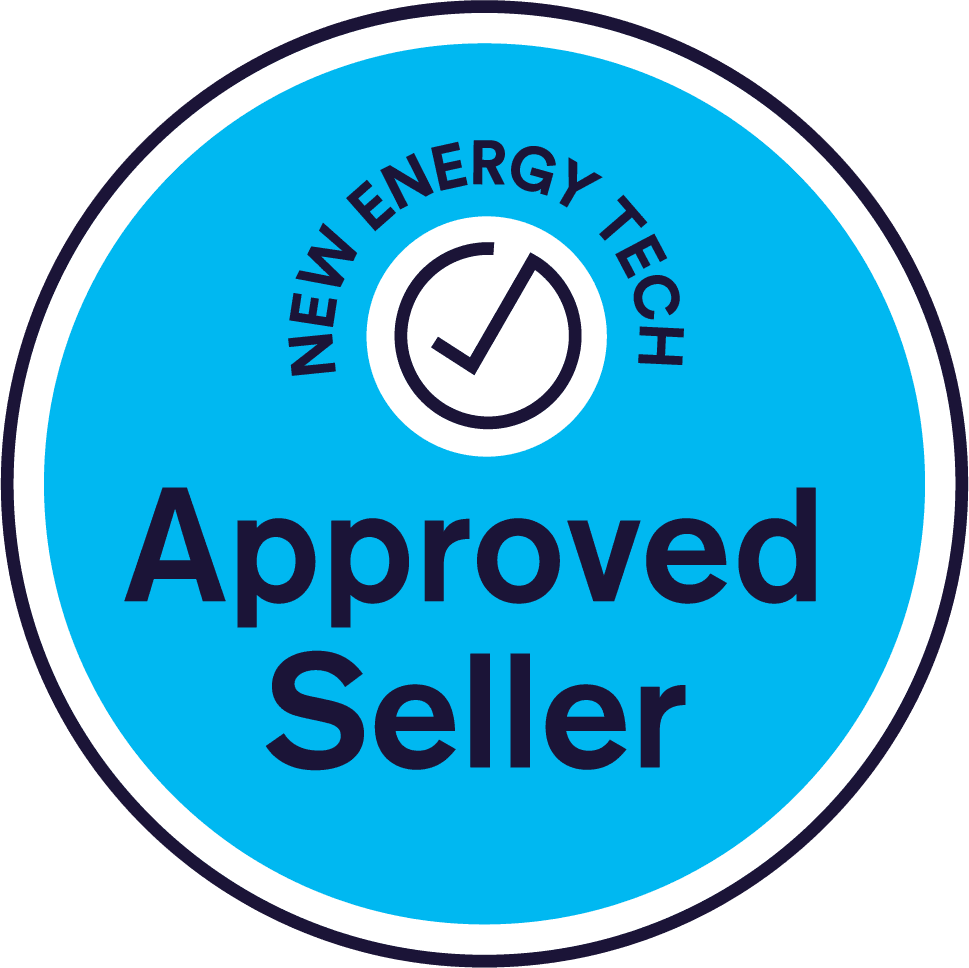What is a VPP?
Quick Answer:
A Virtual Power Plant (VPP) is a smart energy network that connects thousands of home batteries, solar panels, and other devices into one flexible power source. By joining a VPP, Australian homeowners can maximise battery savings, trade electricity with the grid, and earn rewards—all while supporting a more stable, sustainable energy system.
Understanding the Basics: What is a Virtual Power Plant?
A Virtual Power Plant (VPP) is a cloud-based system that aggregates distributed energy resources—like solar panels and batteries—into one coordinated “virtual” power station.
Instead of building a new coal or gas plant, energy retailers can use the combined power of thousands of home batteries to support the grid during peak demand. For homeowners, this means turning your solar battery into a money-saving, income-generating asset.
How Does a VPP Work in Australia?
Think of it like teamwork. Your battery joins a community of other solar batteries. When the grid is under pressure—such as on hot summer evenings when everyone’s air conditioning is running—your VPP provider may discharge a small portion of your battery.
Because thousands of households do this together, the effect is significant. In return, you receive credits, lower power bills, or other financial rewards.

Key Features of a VPP:
-
Energy Trading: Buy low, sell high—charge at cheap rates and export at peak rates.
-
Grid Support: Keep Australia’s grid stable without new fossil fuel plants.
-
Maximised Savings: Unlock more value from your solar and battery system.
Benefits of Joining a VPP
1. Lower Power Bills
With dynamic pricing, your battery can store cheap energy (sometimes just 2–3 cents per kWh) and export it back to the grid at premium rates (up to $1 per kWh during peak events).
2. Battery ROI Boost
A VPP increases the return on your battery investment by stacking multiple revenue streams—self-consumption, feed-in tariffs, and VPP credits.
3. Cleaner, Smarter Energy
By reducing reliance on coal and gas, VPPs accelerate Australia’s renewable energy future.
4. Access to Rebates
To be eligible for the battery rebate, batteries must be VPP-capable —even if you don’t join one straight away.
Types of VPPs in Australia
Not all VPPs are the same. Some offer light control over your battery, while others—like Amber Electric’s VPP—actively charge and discharge more frequently to chase spot-market prices.
| VPP Type | Battery Control Level | Typical Benefits | Example Provider |
|---|---|---|---|
| Standard VPP | Low–Moderate | Steady bill credits or discounts | AGL, EnergyAustralia |
| Dynamic VPP | High | Higher savings, frequent trading | Amber Electric |
| Community VPP | Shared model | Local energy trading opportunities | Local councils, pilot projects |
For a deeper dive into Amber’s model, see our full Amber Electricity Review.
Are There Any Downsides?
A common question we hear is: “Will the VPP drain my battery and leave me with nothing for my home?”
The short answer: no.
Most VPPs only use a small portion of your battery and prioritise your household needs first. Some allow you to set minimum reserve levels, ensuring you’re never left in the dark.

Is a VPP Right for You?
If you already have solar and a battery, joining a VPP can:
-
Accelerate your payback period.
-
Provide protection against rising energy costs.
-
Position your home as part of Australia’s renewable energy future.
If you’re considering a new solar and battery system, choosing VPP-ready products (like Sigenergy, Tesla Powerwall, Sungrow, BYD, or Fronius-compatible solutions) ensures you qualify for government rebates and stay future-proof.
FAQs About Virtual Power Plants
1. What is a VPP in simple terms?
A VPP is a network that links home batteries to act like a single power plant, helping the grid and rewarding you financially.
2. How much can I save with a VPP?
Savings vary, but many households see an additional $200–$1,000 per year in value, depending on their plan and battery size.
3. Do I lose control of my battery in a VPP?
No. Most VPPs allow you to set reserve limits so you always keep enough power for your own use.
4. Is joining a VPP mandatory in Australia?
No. However, your battery must be VPP-capable to qualify for rebates in states like Victoria.
5. Which batteries are VPP-ready?
Popular options include Tesla Powerwall, Sungrow SBH series, BYD, and Sigenergy systems.
Key Takeaways
-
A Virtual Power Plant (VPP) connects home batteries into one network to support the grid and reward participants.
-
It boosts battery ROI through energy trading, rebates, and credits.
-
Most VPPs protect your household needs while offering additional income.
Explore More Battery Options
Not sure if the Fronius Reserva is the one? Compare it with other top contenders:
About GI Energy
GI Energy is an award-winning Australian solar and battery installation company with over a decade of experience. Known for ethical practices, high-performance systems, and exceptional after-install support, GI Energy is trusted by homeowners, councils, schools, and major businesses nationwide.
Written by Daniel McCabe, founder and strategist at GI Energy. With over 16 years in the energy industry — from procurement to solar and holistic energy management — Daniel is focused on helping Australians take a balanced, long-term approach to their energy needs. His insights combine real-world experience with a strong belief in intelligent, ongoing support — not just one-off solar installs.












